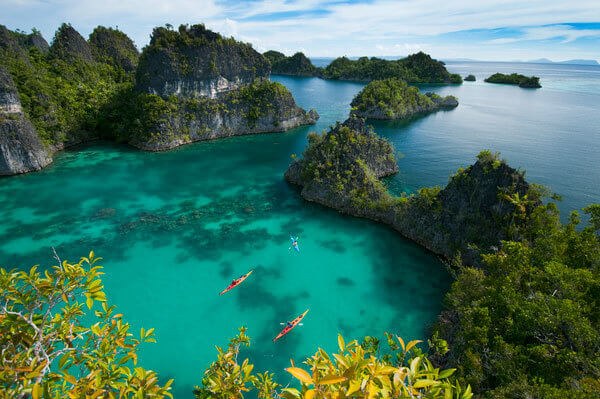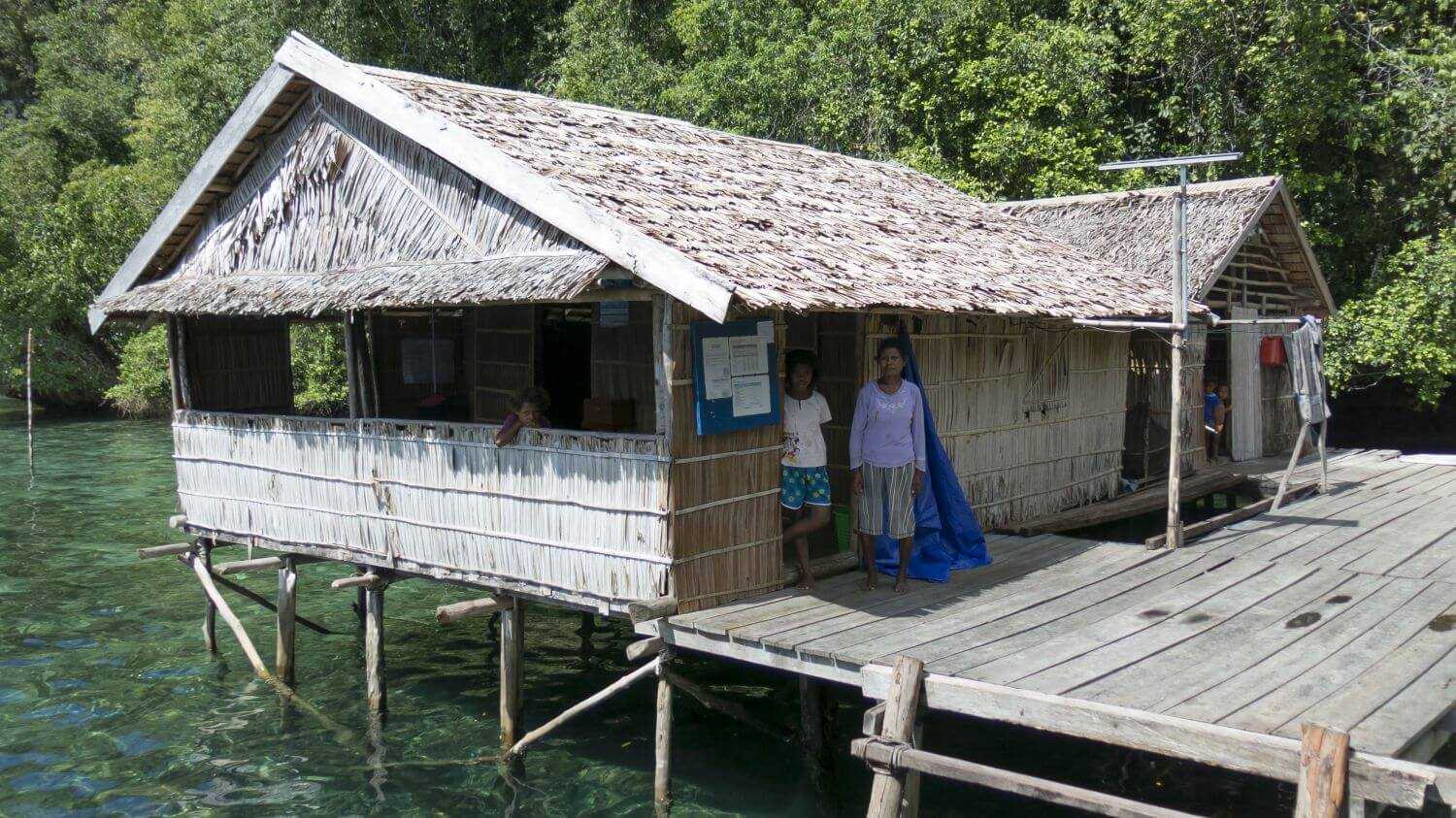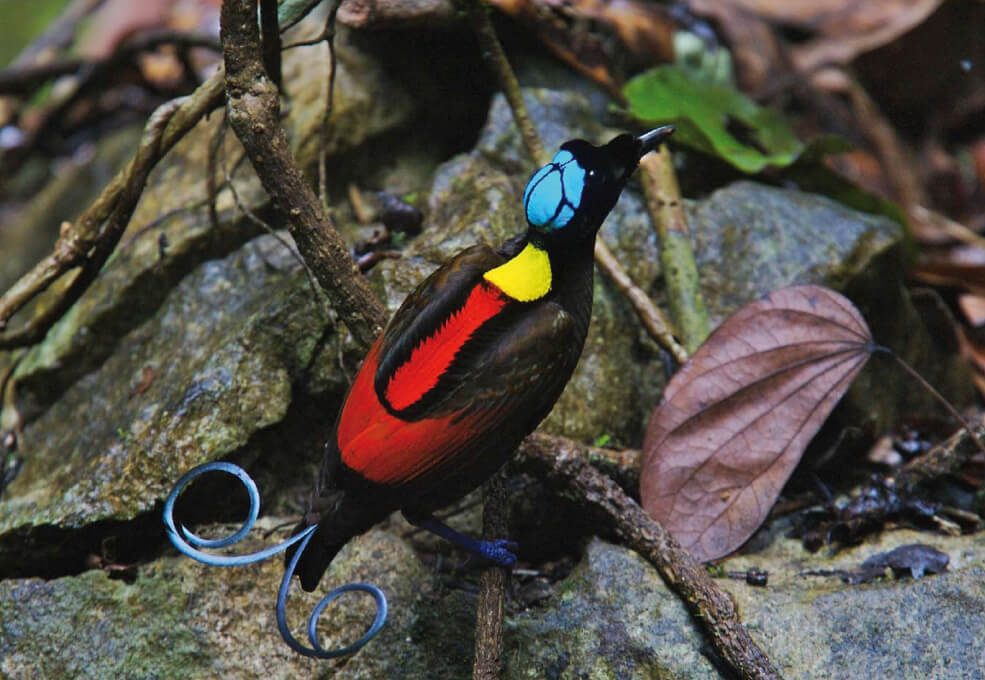Max and his team see themselves as stewards of God’s creation and believe that supporting indigenous communities as well as protecting the natural environment in a way that is beneficial to both lie at the heart of sustainability.
The RARCC Foundation aims to:
- Enrich the lives of community members through employment and education;
- Provide interest free loans to local entrepreneurs;
- Offer facilities and support staff to scientists conducting research in the Raja Ampat archipelago;
- Raise awareness of the natural environment and the importance of conservation and protection;
- Reduce destructive and illegal fishing activities within the Raja Ampat archipelago;
- Collaborate with other stakeholders such as NGO’s, the government, and dive operators (dive resorts and liveaboards) to increase impact and create higher effectiveness.
RARCC is a Dutch registered PBO (non-profit organization) as well as an Indonesian registered foundation (Yayasan). Working with like-minded persons and organizations, RARCC offers a well-established base to conduct environmental research, community development projects and work on conservation initiatives.
Sweet Potato and Moringa Development
The diet of the indigenous communities of Raja Ampat lacks vitamin A, which can increase the risk of blindness as well as the premature death of pregnant women and children younger than 5 years old. This deficiency can be tackled int a relatively simple way by introducing nutritionally-richer sweet potatoes and Moringa oliefera into the diet of the Papuans. Currently 25 different types of sweet potatoes and 30 young Moringa oleifera trees have been planted on the island of Kri, and their growth potential is being assessed by RARCC. The plants are cultivated and initially grown on the island, then distributed to the indigenous communities in the area. along with nutritional, agricultural, and spiritual education – the importance of taking care of ourselves, each other, and the environment in the threefold connection of physical, emotional, and spiritual.
Kayak4Conservation
Discovering the Raja Ampat Archipelago by sea kayak is easily one of the best ways to independently explore the rich biodiversity and beauty in the Raja Ampat archipelago. The aim of Kayak4Conservation is to create a platform for kayak trips in the Raja Ampat archipelago by involving indigenous communities. K4C acts as a mediator between the tourists who would like to kayak and the indigenous guides and guesthouse owners. K4C also supports Papuan craftsman who were trained in fibreglass manufacturing and now all the kayaks are built locally.

Guesthouses
Kayak4Conservation has established several routes exploring the island of Kri, Mansoar, Gam, and Waigeo as well as a network of locally owned guesthouses offering accommodation to the kayakers during their trips. RARCC extends interest free loans to assist with the construction go guesthouses within Raja Ampat and shares knowledge about construction of these guesthouses - ones suitable for tourists. Once construction is complete, each guesthouse owner is accountable for the management of their own business.

Birds-of-Paradise
The Birds-of-Paradise project was set up in 1997 by Papua Diving to provide an alternative to hunting these stunning birds. The project gives guests of Papua Diving and kayakers of Kayak4Conservation an opportunity to view red and Wilson’s bird of paradise - stunning species found only on the islands of Waigeo and Gam.

Green energy
Since 2016, RARCC has been testing a green ‘Energy Management System’ built by a Japanese company. By combining multiple power sources, this system reduces the cost of power generation and promotes environmental sustainability. Papua Diving resort has already installed and integrated photovoltaic cells within this system and is now looking at ways to integrate tidal energy.
Helicopter Bell 47G-B3-1
RARCC is building two Bell 47G-B3-1 helicopters that will be stationed on Kri island. These helicopters will be used to monitor the area, searching for illegal activities such as fin fishing of sharks and the logging of tropical forest, in the larger Raja Ampat archipelago. The helicopters will also be used to support missionaries in the area, as well as provide the opportunity for training local Papuans in engineering.
Eyes on the Reef
RARCC and Papua Diving staff have completed coral reef monitoring training in collaboration with Conservation International, World Wildlife Fund, Wildlife Conservation Society, and UNIPA, and will run surveys and monitoring of the reefs in Raja Ampat. The data collected will be entered into the broader Bird’s Head Seascape database to give scientists a better idea of how the reefs are doing in the area, how they are affected by the growing tourism industry, and how corals are impacted by events that are thought to cause bleaching.
If you would like to learn more about these projects, you can visit the RARCC site or download the RARCC information pack.





